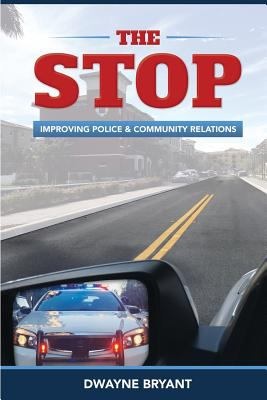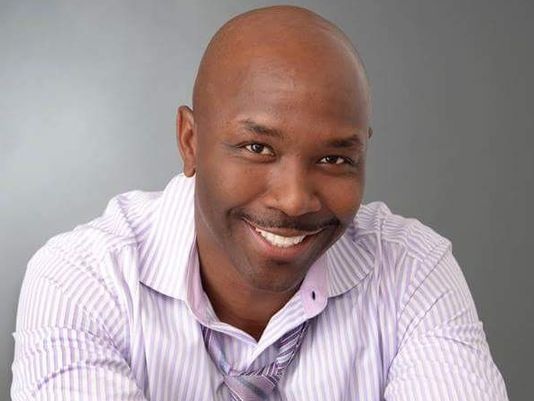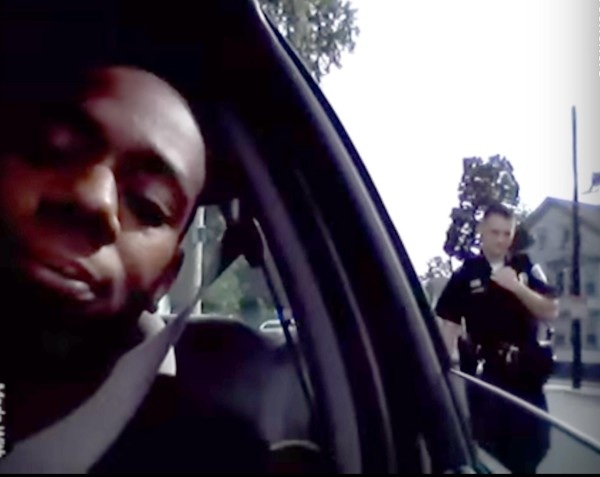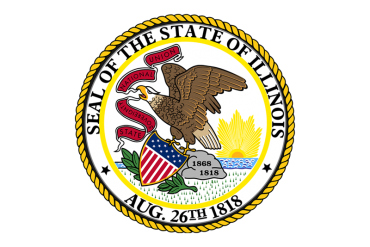In a new book titled The STOP: Improving Police and Community Relations, author Dwayne Bryant teaches young drivers how to interact with police during traffic stops, thereby helping them to reach their destination.
The aim of the book is to help reduce tensions between police and people of color during traffic stops. Police officers receive training in how to handle and de-escalate encounters with citizens, but the citizens they encounter rarely receive similar instruction.

Chance the Rapper and a companion did everything right during an October 8 traffic stop in Chicago, an encounter that proceeded respectfully and ended amicably. But even Chance, a Grammy Award-winning artist and philanthropist, was so concerned about the possibility of the stop going “sideways” that he took out an insurance policy – he live-streamed it.
“If Chance the Rapper is this concerned about a police stop in his hometown – a town where he has demonstrated his commitment by donating $1 million to the public schools, among other philanthropic endeavors – then we need to start being honest about the need to improve police and community relations,” says author Dwayne Bryant, who has spent two decades working to improve the lives of urban youth.
“We need to educate citizens on how to interact safely with the law enforcement officers who serve their communities. We also must educate law enforcement on how to better interact with the community as well.”
Bryant’s book can be used to guide youth through a successful and safe encounter with law enforcement. A follow-up manual specifically for teen drivers will be released later this month.
His books attempt to break the cycle of fear and suspicion by offering a specific proactive educational training program that teaches young people, parents and law enforcement how to make better decisions during an encounter that would lead to mutual respect and accountability. “We have to stop the turmoil and the bad behavior on both sides,” Bryant says.
Both books, and an accompanying workbook designed for youth to use together with parents, teachers and law enforcement, grew out of two encounters Bryant himself had in 2015 – one with young students, and another with a police officer during a traffic stop.
During an anti-bullying session Bryant was conducting with fourth, fifth and sixth graders on Chicago’s South Side, he happened to ask the youngsters how they would react if a police car drove by while they were playing.
“Run,” the kids told a startled Bryant, adding, “We don’t want the police to stop us from going home and we don’t want to get shot.”
Deeply troubled by their reaction, Bryant was still mulling that incident when, in August 2015, police stopped him for speeding and failing to signal.
While initially apprehensive, Bryant understood that he, too, had power in the encounter: the power to choose a respectful tone; the power to make appropriate word choices; and the power over his attitude toward the officer.
In the end, the officer tore up a $150 ticket and issued Bryant a warning instead. The pair took a photo together so that Bryant could show his students that encounters between a Black driver and a white officer need not end in a fatality.
Law enforcement is trained to interact with the public; the public should be trained to interact with law enforcement, as well.
The new book, which is targeted at teen drivers, dovetails with a 2016 Illinois law that requires driver education courses to include formal instruction in properly interacting with law enforcement officers during traffic stops. Similar legislation is pending in other states as well.
“The STOP can be used in conjunction with driver’s education programs to help young people nationwide make better decisions and safely interact with law enforcement officers,” says Bryant, who founded and serves as CEO of Inner Vision International, which offers social-emotional curriculum tailored to urban youth. A graduate of Florida International University, Bryant also is a motivational speaker and television personality.
Secretary of State Jesse White, whose office issues drivers licenses, praised Bryant for writing the guide, which he said would help to enhance safety. “I want the roads of Illinois to be the safest ever,” White said. “The only way in which that is going to occur is to obey the rules of the road.”
The Chicago Board of Education has adopted the guide as supplemental reading, Bryant noted and Congressman Danny Davis, Democrat from the 7th District of Illinois, has issued an endorsement letter.

The deep-seated fear of traffic stops among people of color arises from their disproportionate targeting. In Illinois, Bryant says 17 percent of teens are Black – but they make up 61 percent of all teens arrested.
“Either our Black kids have no clue of how to interact with law enforcement, or police officers are racist and dehumanize them,” Bryant says. “I do not believe it’s both or either, but I do believe it’s some of all.”
In recent years, a number of highly publicized encounters between people of color and the police have gone “sideways,” sometimes ending in death.
“Fatal encounters should never happen,” Bryant says. “Just as law enforcement is trained to interact with the public, the public should be trained to interact with law enforcement as well. I want young people to reach both their destination – and their destiny.
(This article was written by Jerry Thomas.)






